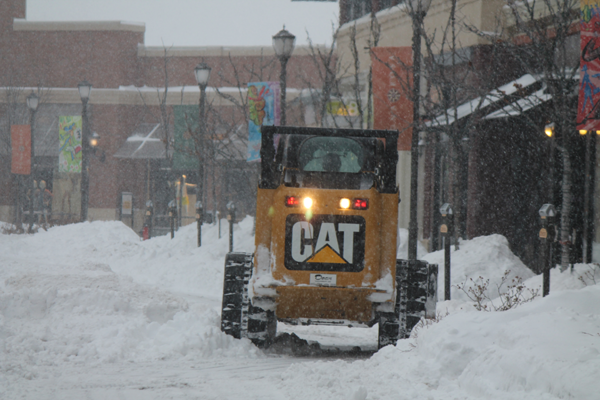Risk Management in Snow Removal
Q&A with Ken Boegeman, Certified Snow Professional, Snow & Ice Management Association
What in your opinion is the largest area of misunderstanding regarding risk and liability management?
A big problem is the contradiction in a lot of contracts that I see. There will be indemnification laws that make the vendor absolutely 100% responsible for all of the risk and all of the potential for claims. Any risk having to do with claims comes back to vendor. However, the customer is restrictive in their scope of work, which doesn’t allow the vendor to plow below two inches, natural ice melt. So the vendor ends up with a scope of work that makes it impossible to make the property absolutely safe.
But here’s the twist – in Missouri in the case of a claim, all a vendor has to do is show he made a reasonable effort. From the facility manager’s standpoint, if the claimant attorney can show that the property owner’s scope of work yields a dangerous facility, now the facility manager can have more risk and exposure. They’ve instructed their vendor to perform to a substandard level of service. We don’t even bid some properties because the scope of work is too narrow.
What should property managers look for when hiring a snow removal vendor?
When you’re hiring a snow removal vendor, sure you’re physically hiring someone to remove snow and spread salt, but you’re also hiring an insurance policy to make sure the people on your property are safe. So if a client doesn’t want to pay for a good “insurance policy,” they say the vendor is responsible for all liability. Then, the client will either wind up with a sophisticated vendor who can exploit that situation or who doesn’t understand. Either way, there’s a problem.
What is the most important thing to consider when drawing up a snow contract?
Think like an actuary and assess your risk. Property owners need to make a decision as to how much risk they’re willing to take on. A zero tolerance contract may cost you $100,000 compared to a contract with a 2-inch trigger. You may save $50,000, but now you’re liable to a slip-fall. If a potential slip-fall will cost you $100,000, then go with the zero tolerance policy. Balance the cost of the insurance policy from the vendor against cost of a claim.
How do you as a snow vendor manage risk for snow and ice?
Knowing what you need to do before you need to do it allows you to mitigate that risk before it occurs. Then you can adjust on the fly and modify your plan for whatever situation may arise. Property managers want to make sure they have a vendor that has a plan. It goes back to documentation and having written plans and documented procedures that lower our risk and therefore lower the exposure of our carrier. We keep good documentation and know what happens during a storm. If we have a plan for worst-case scenario then it’s unusual we get caught off guard. We’re one of the few contractors that can boast 100% customer retention at our branch. Lower turnover lowers risk as well, because you’re repeating properties from last year.
What should property managers do to make sure their vendor checks out?
Ask about documentation. Make sure that the entity matches the contract. Also, see if you can get a loss run from their insurance company. That report will tell you how many claims a vendor has had so you can see the burden that vendor has put onto their insurance carrier in the past. Depending on what state you’re in, you can also research case history for your vendor on the Internet.


